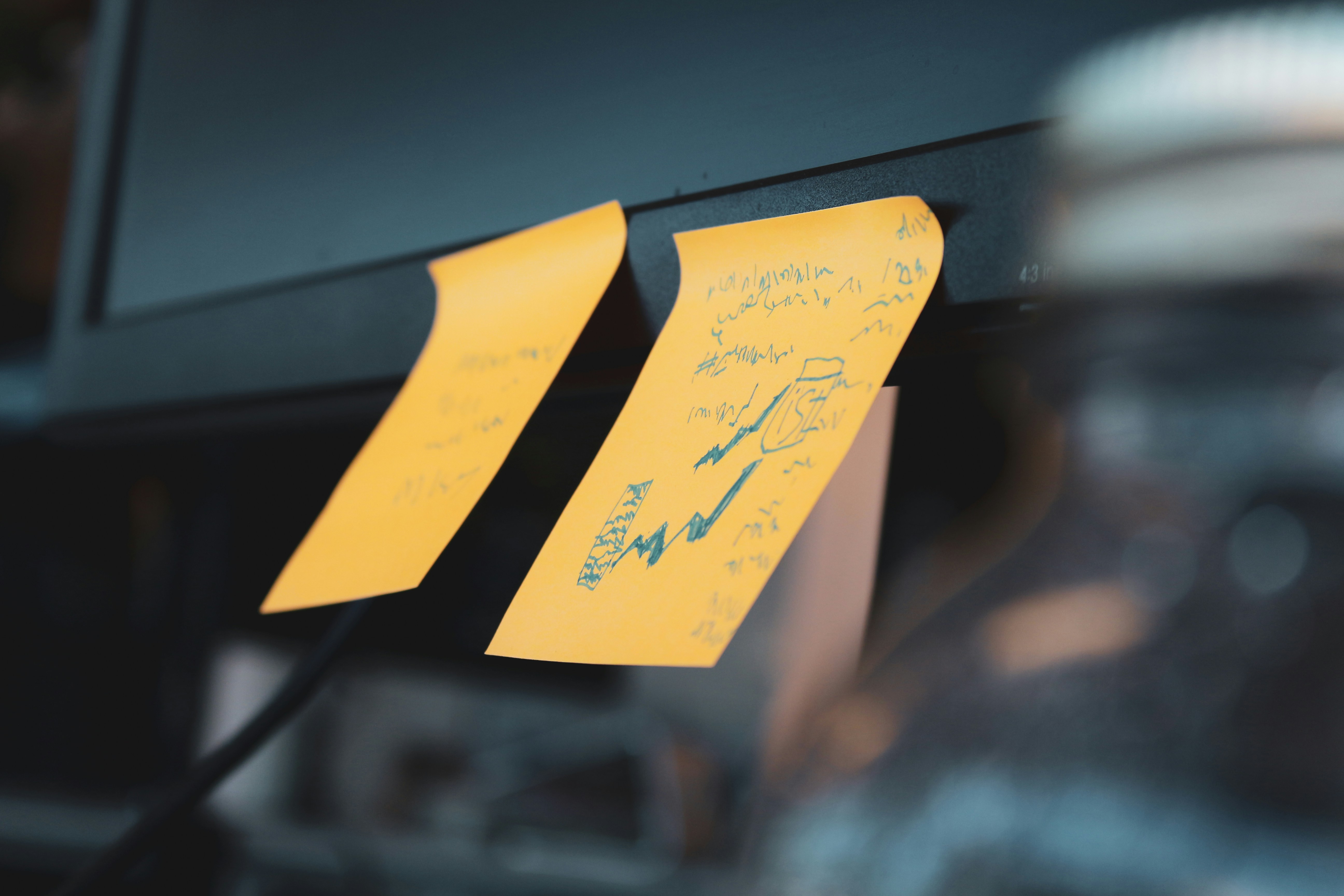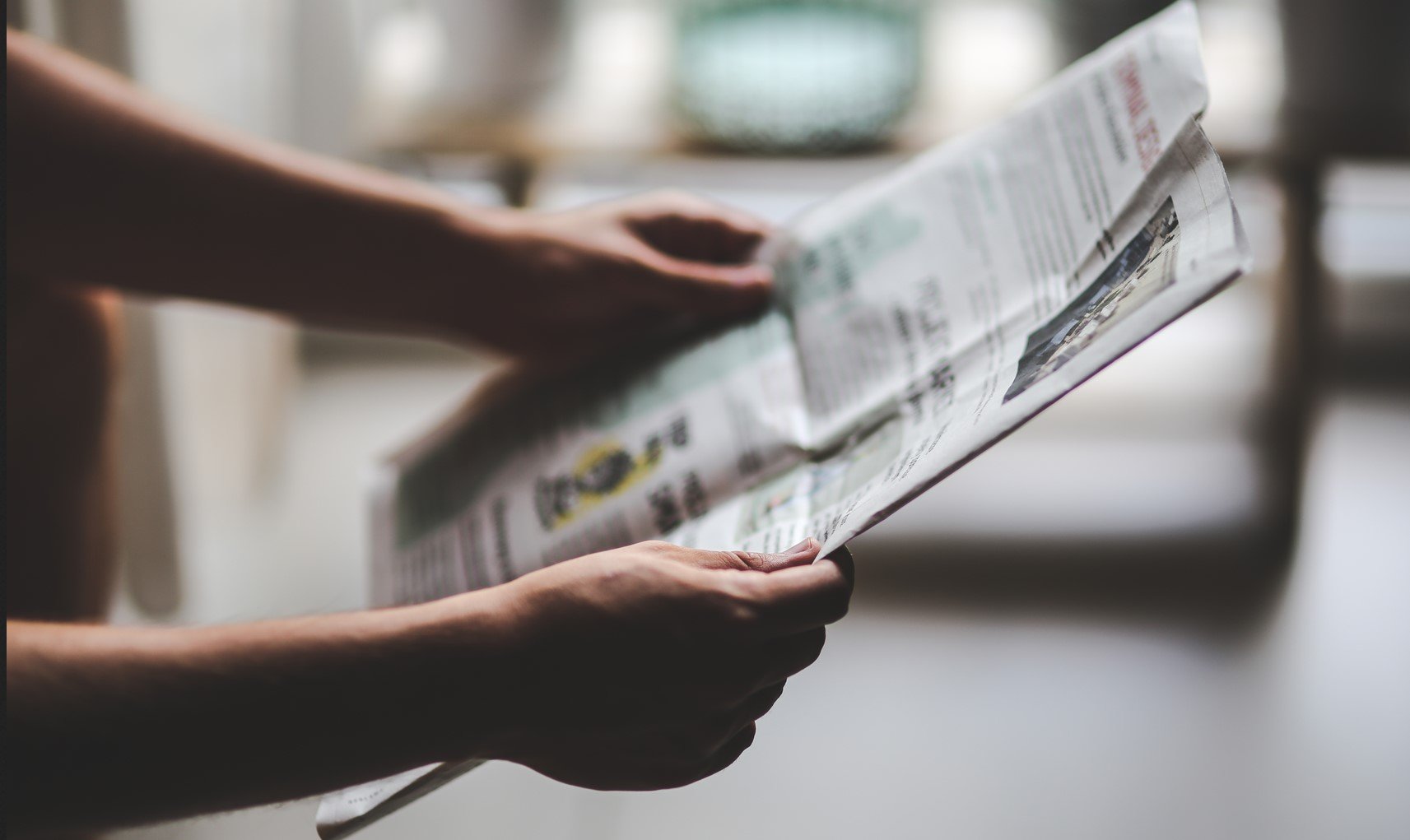
University of Illinois Grainger College of Engineering
Illinois Physicists Unveil Quantum Light Measurement Tool
University of Illinois Physics Professor Paul Kwiat and members of his research group have developed a revolutionary new tool for precision measurement at the nanometer scale in scenarios where background noise and optical loss from the sample are present. This new optical interferometry technology leverages the quantum properties of light—specifically, extreme color entanglement—to enable faster and more precise measurements than widely used classical and quantum techniques can achieve.
Colin Lualdi, Illinois Physics graduate student and lead author of the study, emphasizes, “By taking advantage of both quantum interference and quantum entanglement, we can make measurements that would otherwise be difficult with existing methods.”
Lualdi says this groundbreaking tool has ready applications in medical diagnostics, remote system monitoring, and material characterization. The quantum properties of the new technology give it many advantages over current high-precision measurement tools used in these fields. It has increased sensitivity in cases where background noise is present, for example when trying to measure a distant target that reflects light faintly—making it capable of taking outdoor ranging measurements in broad daylight. It is also better for measuring samples that transmit light poorly or are sensitive to light, such as metallic thin films or biological tissues. Unlike some of the alternatives for measuring delicate samples, this technology does not require placing a physical probe in close proximity or contact with the material being measured, allowing for more versatile measurement configurations. It also takes faster measurements than some classical and quantum technologies, which will allow researchers to study dynamic systems such as vibrating surfaces—difficult with current techniques.
This technology represents a rare example of an instrument’s quantum advantages having immediate applications across many fields.
Kwiat explains, “It is a practical application of some very fundamental quantum mechanical effects that have been known for quite a long time and underpin a lot of quantum information processing. Our measurement hits the quantum limit of how much information can be extracted from a system.”
This research is published in Science Advances .
Interferometry: Classical versus quantum
Optical interferometry is today’s gold standard in precision measurement. It uses the interference properties of light described by classical physics to measure tiny distances. Here’s how it works: when two light waves meet and their peaks and troughs are aligned, they can add to each other, interfering constructively to produce a higher-amplitude resultant wave. If, on the other hand, the peaks of one wave are aligned with the troughs of another wave, they will cancel one another out, interfering destructively to produce a lower-amplitude resultant wave.
The classical optical interferometer setup comprises a laser that shines a beam of light through a beam splitter. One light wave travels down the vertical arm, and the other travels down the horizontal arm. A mirror at the end of each arm reflects the light waves, which travel back to meet at the beam splitter. The lengths of the vertical and horizontal arms are arranged such that the two waves interfere destructively, canceling each other out so that no interference signal is detected. But if the length of one of the arms is made shorter, for example when a material of some thickness is inserted in one of the arms, the waves will add to each other when they meet back up at the beam splitter, creating an interference signal. Changes in the interference signal are then used to calculate the thickness of the material.
Classical interferometry has many successful applications. It has been used to detect gravitational waves—tiny ripples in the spacetime fabric that are less than the width of a proton. It is also used in medical diagnostic tools, for example measuring retinal thickness to detect early signs of diseases. However, classical interferometers have limitations. They struggle to measure thin samples that transmit light poorly. Background light can also leak in, weakening the interference signals and decreasing the sensitivity of the device, in the same way an overexposed photo’s saturated light makes it hard to distinguish details.
Quantum two-photon interferometry addresses these shortcomings and adds new capabilities. In quantum physics, light is treated as discrete particles called photons. These particles maintain some wave-like qualities, including interference. In the quantum interferometer, a single photon is sent down each interferometer arm. Just like in the classical case, one goes through a sample, and one is a reference. They meet up, and their relative delay produces an interference signal at the detector.
The quantum nature of this measurement overcomes the issue of measuring low-transmission materials—the strength of the interference signature is unchanged because the low-transmission loss affects both photons equally.
Lualdi explains, “As long as you detect two photons as a part of the interference measurement, the contrast of your interference signature will remain perfectly fine, which is a huge quantum advantage.”
Furthermore, the quantum interferometer’s sensitivity is much less impacted by background light. The measurement of the interference signal is taken in a narrow time window of the photons’ arrival, around 100 picoseconds. Nearly all background light can be filtered out because it does not arrive within that narrow window, meaning the quantum measurement remains highly sensitive.
Still, there are challenges to achieving nanometer sensitivity with quantum two-photon interferometry. Typically, to reach this level of precision, the measurement needs to run for hours or employ photons having a broad color bandwidth. In the same way that white light contains all the colors of the rainbow in its spectrum, photons can also have a particular color bandwidth. These broad-bandwidth photons are very difficult to work with in the lab, and hours-long measurements have limited applicability.
The Kwiat advantage: Extreme color entanglement
Quantum interferometry measurement capabilities can be increased by entangling the two photons. Entanglement is a quantum phenomenon in which the states of two particles are linked, regardless of the distance separating them. By entangling a property of the photons, in this case their color, the interferometer sensitivity increases. The Kwiat group has bypassed the technical issues stemming from use of broad-bandwidth photons by employing two narrow-bandwidth entangled photons that have been prepared to have very different colors.
The greater the difference in the entangled photons’ colors, the greater the interferometer sensitivity. For example, entanglement between a strawberry-red photon and a raspberry-red photon (a wavelength difference of tens of nanometers) will produce a less sensitive interference signal than between a raspberry-red photon and a blueberry-blue photon. The latter is an example of extreme color entanglement.
“With entanglement, we only need to work with a little bit of blue and a little bit of red, instead of the whole span of colors between them,” explains Lualdi. The actual colors utilized, however, are invisible to the human eye, with wavelengths of 810 and 1550 nanometers.
The team experimented with various light sources for generating extreme-color-entangled photons at the onset of this project. Their ultimate design enables a high entangled pair rate of hundreds of thousands per second, allowing faster measurements.
Having developed these advances, the team turned their attention to measuring real samples. The group collaborated with Illinois Electrical and Computer Engineering Professor Simeon Bogdanov and graduate student Swetapadma Sahoo to create a metallic thin film sample with low optical transmission—the type of sample that would show their technology’s advantages. After measuring this sample with the new quantum interferometer, the researchers brought the sample to the Materials Research Laboratory for independent validation by atomic force microscopy. The results agreed. The new interferometer had made an accurate nanometer-scale measurement in a matter of seconds.
Future applications
The new interferometric tool holds strong implications for applications across many fields. The Kwiat team is now focused on these potential applications and possible integrations with other measurement tools.
Kwiat elaborates, “We are trying to understand how we can further tailor this technology to be useful for other measurements…looking at thin films of biological samples, for example in microscopy, and being able to combine this with other sensing modalities, like atomic force microscopy.”
The lower light intensity of the Kwiat method—their source generates two photons at a time—opens exciting avenues for biological study. One could imagine imaging a sensitive biological tissue, such as the brain or retina, faster and over a larger area than current state-of-the-art techniques such as atomic force microscopy. In addition, the lower light intensity allows for studying the behavior of photo-sensitive microorganisms, such as algae, in the dark. Current imaging methods require a bright spotlight to be shone on these organisms, making this kind of observation impossible.
The group is also currently exploring the technology’s capability to measure vibrations, which is much more difficult to do with existing technologies.
Lualdi says, “Compared to other quantum interferometers, our system measures faster and at a higher precision, and so now we have the opportunity to study time-varying signals, such as nanometer-scale vibrations for example.”
Alongside Kwiat, Lualdi, and Bogdanov, the research team contributing to this work includes former Illinois Physics undergraduate student Michael Vayninger, now a graduate student at University of Chicago, Illinois Electrical and Computer Engineering graduate student Swetapadma Sahoo, former Illinois Physics graduate student Spencer Johnson, now a scientist at NASA’s Jet Propulsion Laboratory, and former Illinois Physics graduate student Kristina Meier, now a scientist at Los Alamos National Laboratory. Each researcher is also a member of the Illinois Quantum Information Science and Technology Center (IQUIST), which provided critical support to the project. The Holonyak Micro and Nanotechnology Lab also provided resources for this work.
This work is supported by the U.S. Air Force under Grant No. FA9550-21-1-0059, by the U.S. Department of Energy, Office of Science, Office of Biological and Environmental Research under Award Number DE-SC0023167, and by the National Science Foundation Graduate Research Fellowship Program under Grant No.DGE 21-46756. Portions of this work have been funded by the U.S. Government. Any opinions, findings, and conclusions or recommendations expressed in this material are those of the authors and do not necessarily reflect the views of the U.S. Air Force, the U.S. Department of Energy, the National Science Foundation, or the U.S. Government.
https://physics.illinois.edu/news/quantum-interferometer


